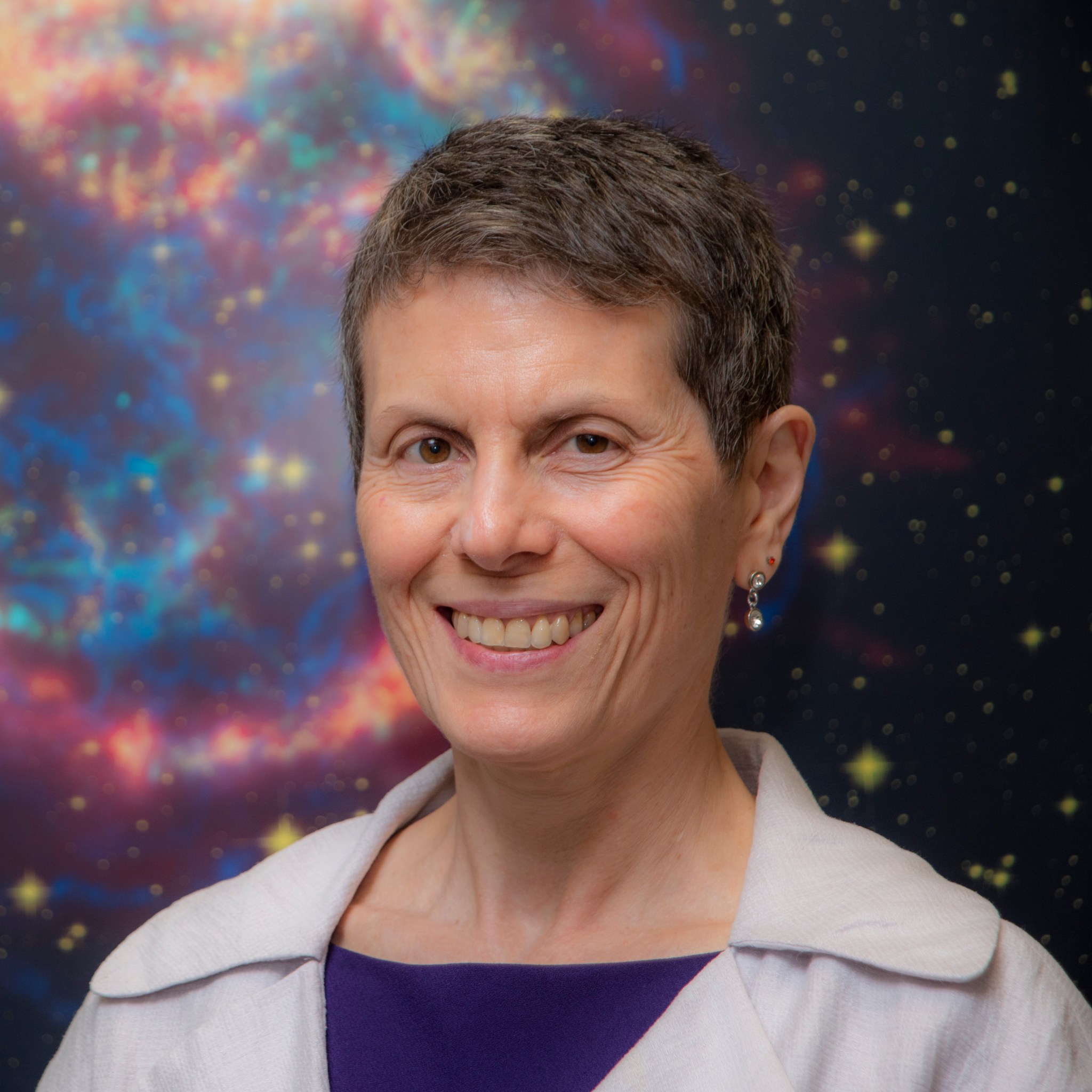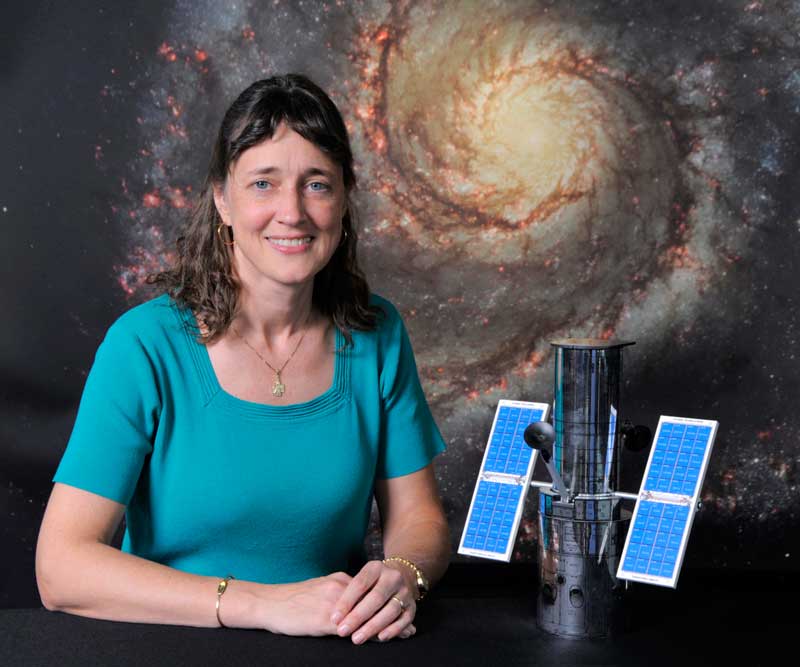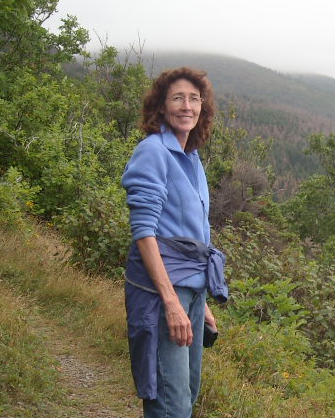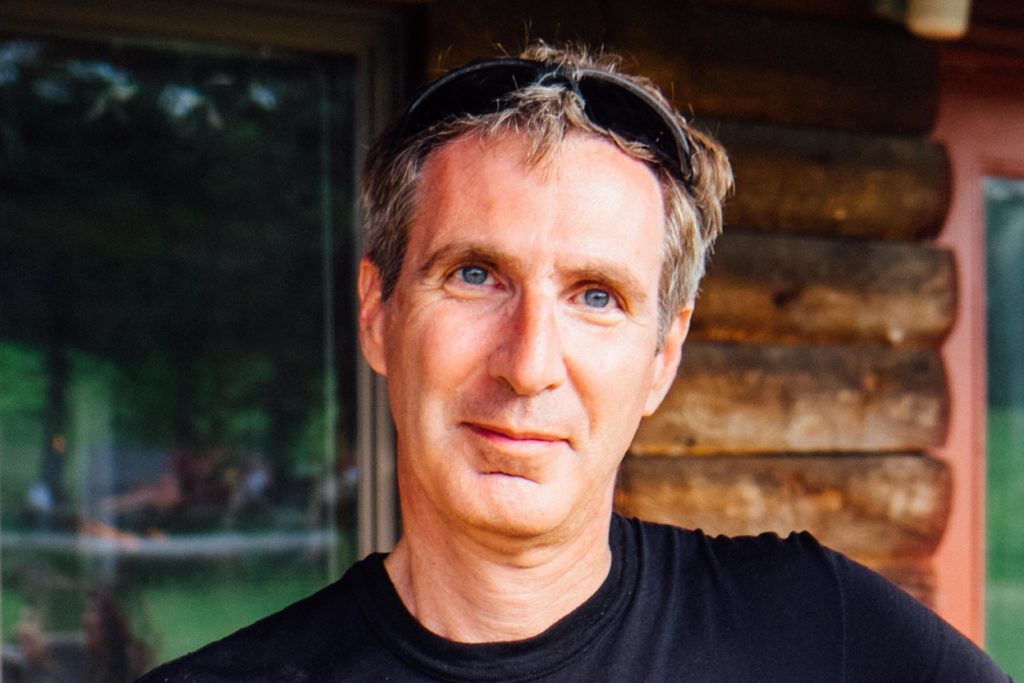Four individuals with NASA affiliations have been named 2022 fellows by the American Association for the Advancement of Science (AAAS) in recognition of their scientifically and socially distinguished achievements in the scientific enterprise.
Election as a Fellow by the AAAS Council honors members whose efforts on behalf of the advancement of science or its applications in service to society have distinguished them among their peers and colleagues. The 2022 Fellows class includes 508 scientists, engineers, and innovators spanning 24 scientific disciplines.
Rita Sambruna from NASA’s Goddard Space Flight Center in Greenbelt, Maryland, was recognized in the AAAS Section on Astronomy, and Jennifer Wiseman, also from Goddard, was recognized in the AAAS Section on Physics. Dorothy Peteet of NASA’s Goddard Institute for Space Studies (GISS) in New York was honored in the AAAS section on Earth Science. Erik Conway of NASA’s Jet Propulsion Laboratory (JPL) in southern California was honored for distinguished contributions and public outreach to the history of science and understanding of contemporary science and science policy.

Rita Sambruna
Dr. Rita Sambruna is the acting deputy director of the Science and Exploration Directorate and the deputy director of the Astrophysics Division at Goddard. She also promotes increased participation of underrepresented groups in science.
She worked with a team to position Goddard to lead the decadal top priority missions. She led a team to set into place a vision for a Multi-Messenger Astrophysics Science Support Center at Goddard, to lead the astrophysics community in reaping the most from NASA- and ground-based observations of celestial sources.
She came to Goddard in 2005 to work on multiwavelength observations of jets using the Fermi Gamma-ray Space Telescope and other NASA capabilities. From 2010 to 2020 she worked at NASA Headquarters, Washington, as a program scientist for astrophysics. Her research interests include relativistic jets, physics of compact objects, supermassive black holes in galaxies, and multiwavelength and multi-messenger astrophysics.
In December 2022, Sambruna was awarded the Honorary Fellowship of the Royal Astronomical Society (RAS) as an internationally acclaimed astrophysicist who embodies the RAS mission in promoting the advancement of science, the increased participation of historically underrepresented groups in astronomy, and a broad interest in astronomy. In 2019 she was awarded the NASA Extraordinary Achievement Medal for her leadership on the 2020 Astrophysics Decadal Survey studies. She was named Fellow of the American Physical Society in 2020 and a Fellow of the American Astronomical Society in 2021.

Jennifer Wiseman
Dr. Jennifer Wiseman is a senior astrophysicist at Goddard and a Senior Fellow at Goddard, where she serves as the senior project scientist for the Hubble Space Telescope. Her primary responsibility is to ensure that the Hubble mission is as scientifically productive as possible. Previously, Wiseman headed Goddard’s Laboratory for Exoplanets and Stellar Astrophysics. She started her career at NASA in 2003 as the program scientist for Hubble and several other astrophysics missions at NASA Headquarters.
Wiseman’s scientific expertise is centered on the study of star-forming regions in our galaxy using a variety of tools, including radio, optical, and infrared telescopes. She has a particular interest in dense interstellar gas cloud cores, embedded protostars, and their related outflows as active ingredients of cosmic nurseries where stars and their planetary systems are born. In addition to research in astrophysics, Wiseman is also interested in science policy and public science outreach and engagement. She has served as a congressional science fellow of the American Physical Society, an elected councilor of the American Astronomical Society, and a public dialogue leader for AAAS. She enjoys giving talks on the excitement of astronomy and scientific discovery, and has appeared in many science and news venues, including The New York Times, The Washington Post, NOVA, and National Public Radio.

Dorothy Peteet
Dr. Dorothy M. Peteet is a senior research scientist at GISS and an adjunct professor at Columbia University. She directs the Paleoecology Division of the New Core Lab at Lamont Doherty Earth Observatory (LDEO) of Columbia.
In collaboration with GISS climate modelers and LDEO geochemists, she is studying conditions of the Late Pleistocene and Holocene that are archived in sediments from lakes and wetlands. Peteet documents past changes in vegetation, derived from analyses of pollen and spores, plant and animal macrofossils, carbon, and charcoal embedded in sediments. Her research provides local and regional records of ancient vegetational and climate history. One recent focus has been the sequestration of carbon in northern peatlands and coastal marshes: ecosystems that are now vulnerable to climate change and potentially substantial releases of carbon back into the atmosphere.
Peteet also has performed climate modeling experiments to test hypotheses concerning the last glacial maximum and abrupt climate change. She is interested in climate sensitivity and in how past climate changes and ecological shifts might provide insights on future climate change.

Erik Conway
Erik Conway has served as the historian at JPL since 2004. Prior to that, he was a contract historian at NASA’s Langley Research Center in Hampton, Virginia. He is a historian of science and technology, and has written histories of atmospheric science, supersonic transportation, aviation infrastructure, Mars exploration, and climate change denial.
He is the author of nine books, most recently, “A History of Near-Earth Objects Research” (NASA, 2022), and “The Big Myth” (Bloomsbury, 2023). His book “Merchants of Doubt” with Naomi Oreskes was awarded the Helen Miles Davis and Watson Davis prize from the History of Science Society. He received a Guggenheim Fellowship in 2018 and the Athelstan Spilhaus Award from the American Geophysical Union in 2016.
AAAS noted that these honorees have gone above and beyond in their respective disciplines. They bring a broad diversity of perspectives, innovation, curiosity, and passion that will help sustain the scientific field today and into the future. Many of these individuals have broken barriers to achieve successes in their given disciplines.
AAAS is the world’s largest general scientific society and publisher of the Science family of journals.
For information about NASA and agency programs, visit: https://www.nasa.gov

























